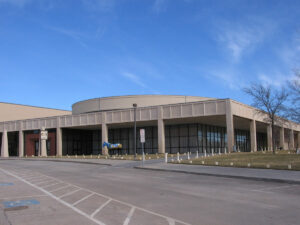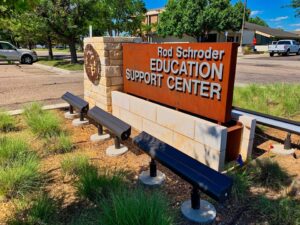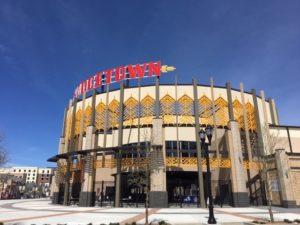Whatever decision comes from the Amarillo City Council regarding a theoretical bond issue to fix the Civic Center and relocate City Hall, my hope stands eternal.
Do not break this bond issue into small pieces, giving voters a chance to shop for which of the projects they prefer.
Put it all out there under a single measure. Make the voters swallow all of it or spit it out.
The city is pondering a bond issue that would total more than $300 million. Under discussion is a plan to renovate the Civic Center, built in 1968 and in dire need of an upgrade; renovation of the Santa Fe Railroad Depot building next to the Civic Center, turning into a showplace; relocation of City Hall into an existing downtown structure.
I don’t know what the cost will be. It’s likely to be well north of $300 million. I do believe the city needs the projects it is considering.
I suppose the city could decide to forgo some of the ideas under consideration. At the very least the city should proceed with the Civic Center project. The Cal Farley Coliseum is too small, too cramped and too old to be good for much more than what it hosts already: arena football and minor-league hockey. As for City Hall’s relocation, perhaps that project can be sold, too, as an essential need that would enable the city to provide better service for its 200,000 constituents. The Santa Fe Depot job? That might be a debatable point.
Still, whatever the decision, the city shouldn’t bust up the projects into bite-sized morsels for voters to ponder.
The city is considering putting this bond issue on the ballot in May 2020. That’s as good a date as any.
Just keep the bond issue proposal all together, city leaders.







